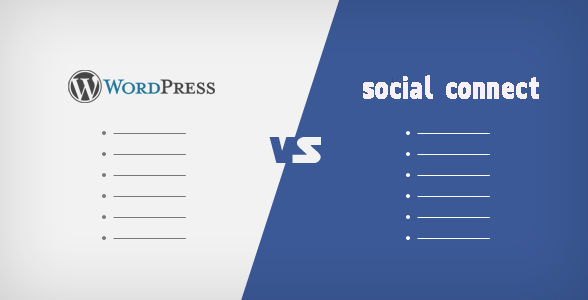
Hitachi nara is a blog about articles, news, tips and tutorials about wordpress, and also includes plugins and themes for wordpress.
FACEBOOK MESSENGER FOR WORDPRESS Fastest way to get connected For any sellers and business owners!
WOOCOMPOSER Page Builder for WooCommerce WooCommerce Page Builder is The Quickest Way to Create from Product Detail Page to Thank-You Page and Everything in Between.
FACEBOOK LIVE CHAT FOR WORDPRESS The Very First Step of The 2017 Facebook Marketing Strategy
WordPress out of the box is already technically quite a good platform for SEO.
CONTACT FORM 7 MULTI-STEP Featured on our Best WordPress Plugins Adding steps for your complex form The best solution to keep the form clean and simple to your visitors


Ensure your brand's credibility on your Website. YELP BOASTS THE BEST POEM FORESTS FOR CONSUMERS CONSUMPTION. YOUR BUSINESS...
